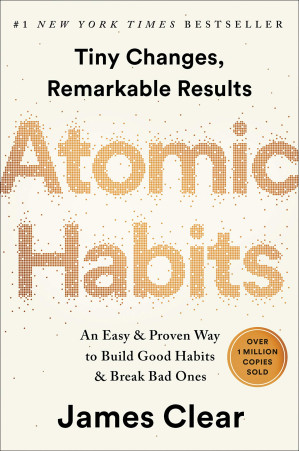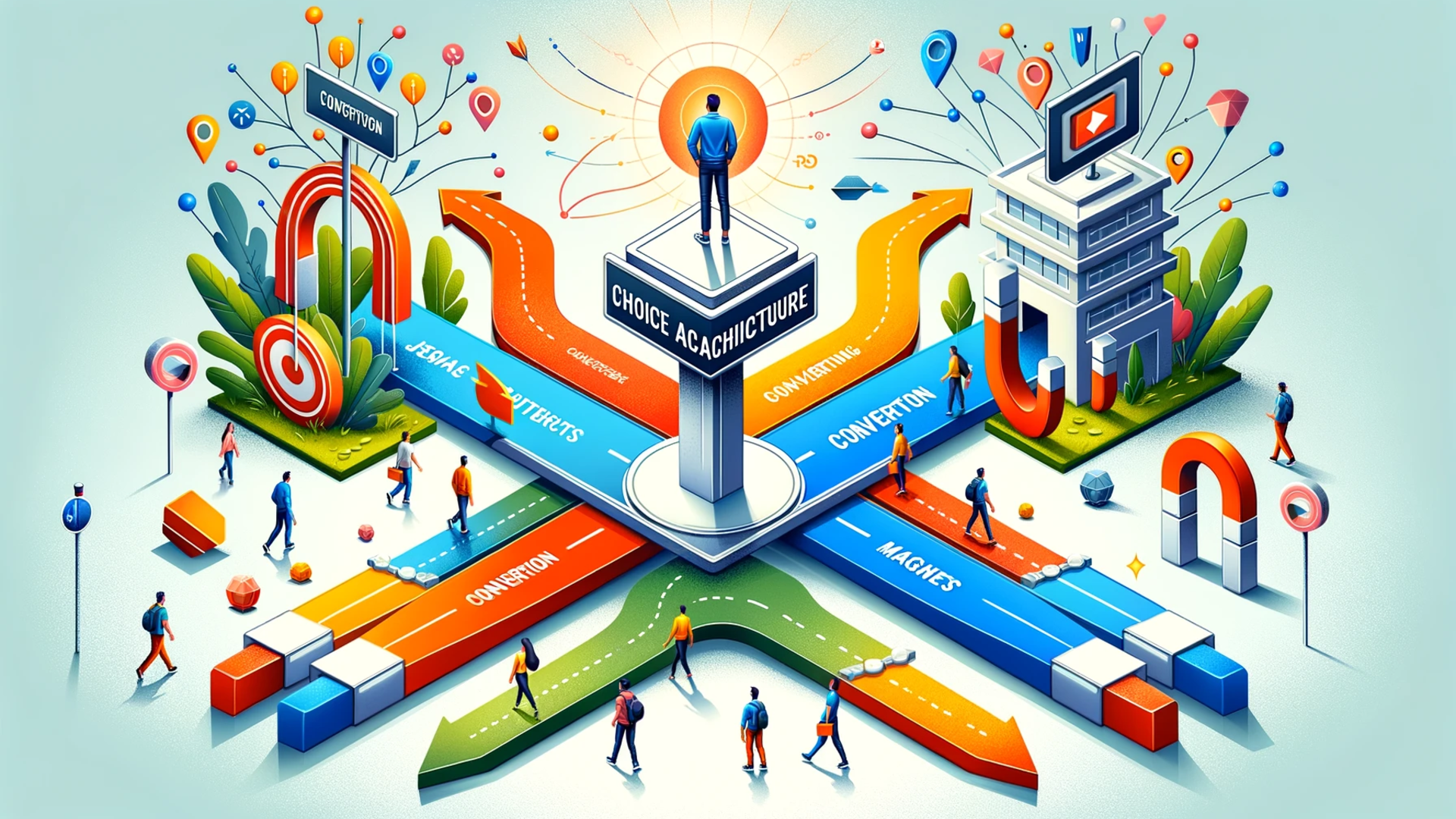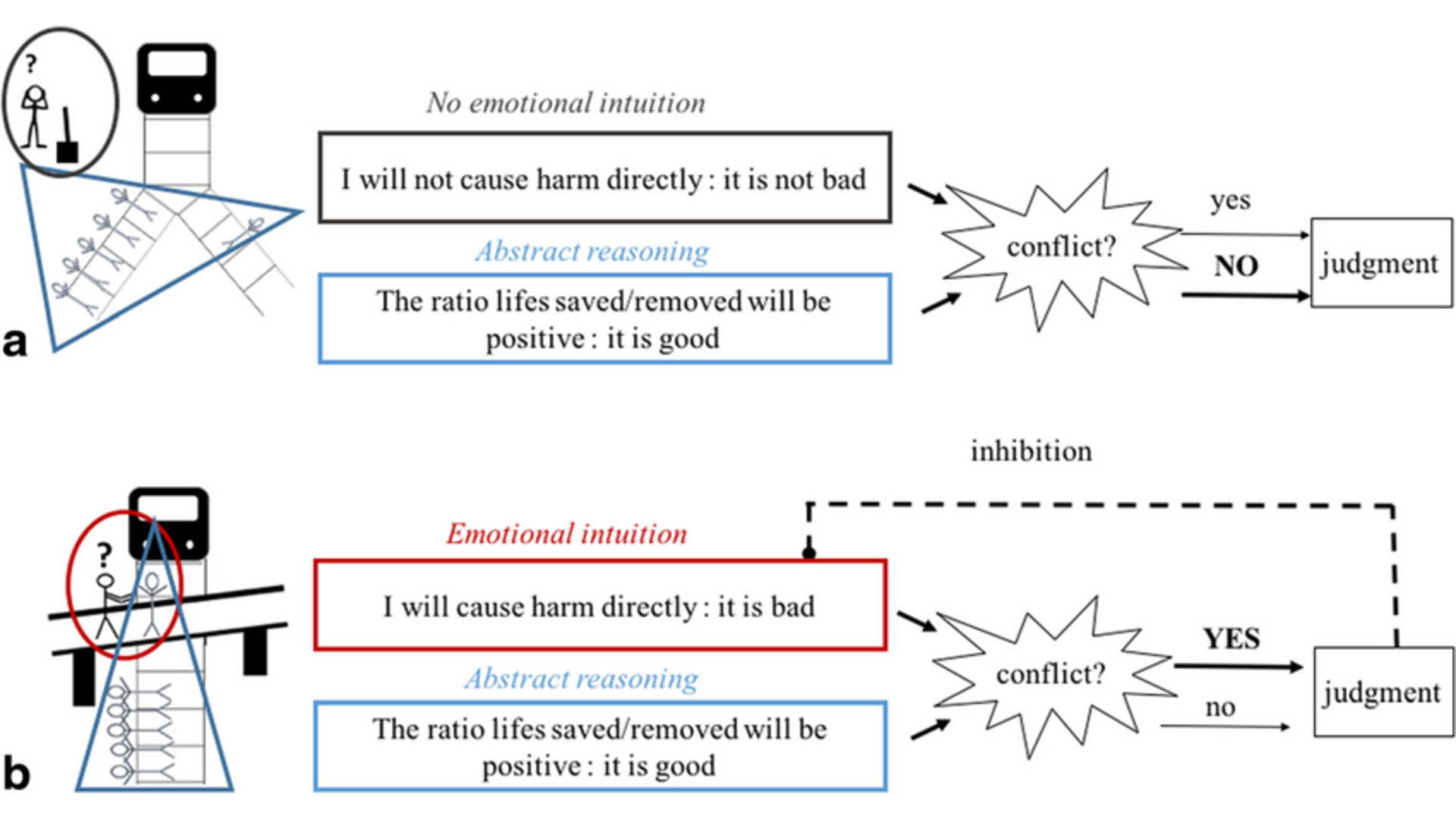
🎯 Want the fastest way to internalize Ariely's playbook with AI support?
Start your Predictably Irrational learning path on www.readever.app — unlock interactive annotations, bias drills, and cross-book comparisons tuned to your goals.
Dan Ariely’s Predictably Irrational is the rebel cousin to classical economics, arguing that we don’t just make mistakes—we make the same mistakes in repeatable patterns. That message feels even more relevant in 2025’s AI-accelerated marketplace, where personalized pricing, social nudges, and dopamine-fueled feeds play tug-of-war with our brains. This guide distills the latest deep-research insights into practical takeaways so you can redesign products, policies, and personal systems while you read inside Readever.
Why predictable irrationality matters in 2025
- Consumers are navigating AI-shaped pricing, “free” add-ons, and social proof loops that target known cognitive biases.
- Teams need evidence-based guardrails to avoid self-herding, overconfidence, and door-hoarding when shipping new features or campaigns.
- Individuals are fighting a constant battle against procrastination, hot-state impulses, and the pull of “free” in their financial and wellbeing decisions.
Understanding Ariely’s experiments lets you spot invisible levers—in yourself and in your designs—before they’re pulled for you.
From burn ward to behavioral lab: Ariely’s origin story
Ariely’s obsession with irrationality began with a magnesium flare accident that left him with third-degree burns over most of his body. During grueling bandage changes, nurses ripped the gauze quickly, assuming it minimized pain. Ariely’s lived experience screamed the opposite. That clash between “rational” procedure and subjective reality drove him to run experiments that proved slow, measured removal reduced peak pain. His career since has been an extended investigation into similarly mismatched systems—theories built on perfect rationality versus the messy psychology of actual humans.
Experiments that expose our hidden defaults
Relativity and the decoy effect: we decide in context

We rarely judge value in isolation. In the famous Economist subscription study, adding a print-only “decoy” made the pricier bundle look irresistible. Williams-Sonoma pulled the same trick with bread makers: introduce an absurdly expensive model and the original suddenly feels reasonable. Design implication: audit your pricing pages, plan tiers, and product comparisons for hidden decoys—both intentional and accidental.
Arbitrary anchors stick around
Anchoring explains why the last two digits of a Social Security number can influence how much someone bids for wine or gadgets. Once an initial number lodges in memory, we adjust from it—even when it’s nonsense. Establish your own anchors (internal benchmarks, competitor baselines) before walking into salary talks, procurement reviews, or pricing experiments.
The zero-price effect hijacks logic
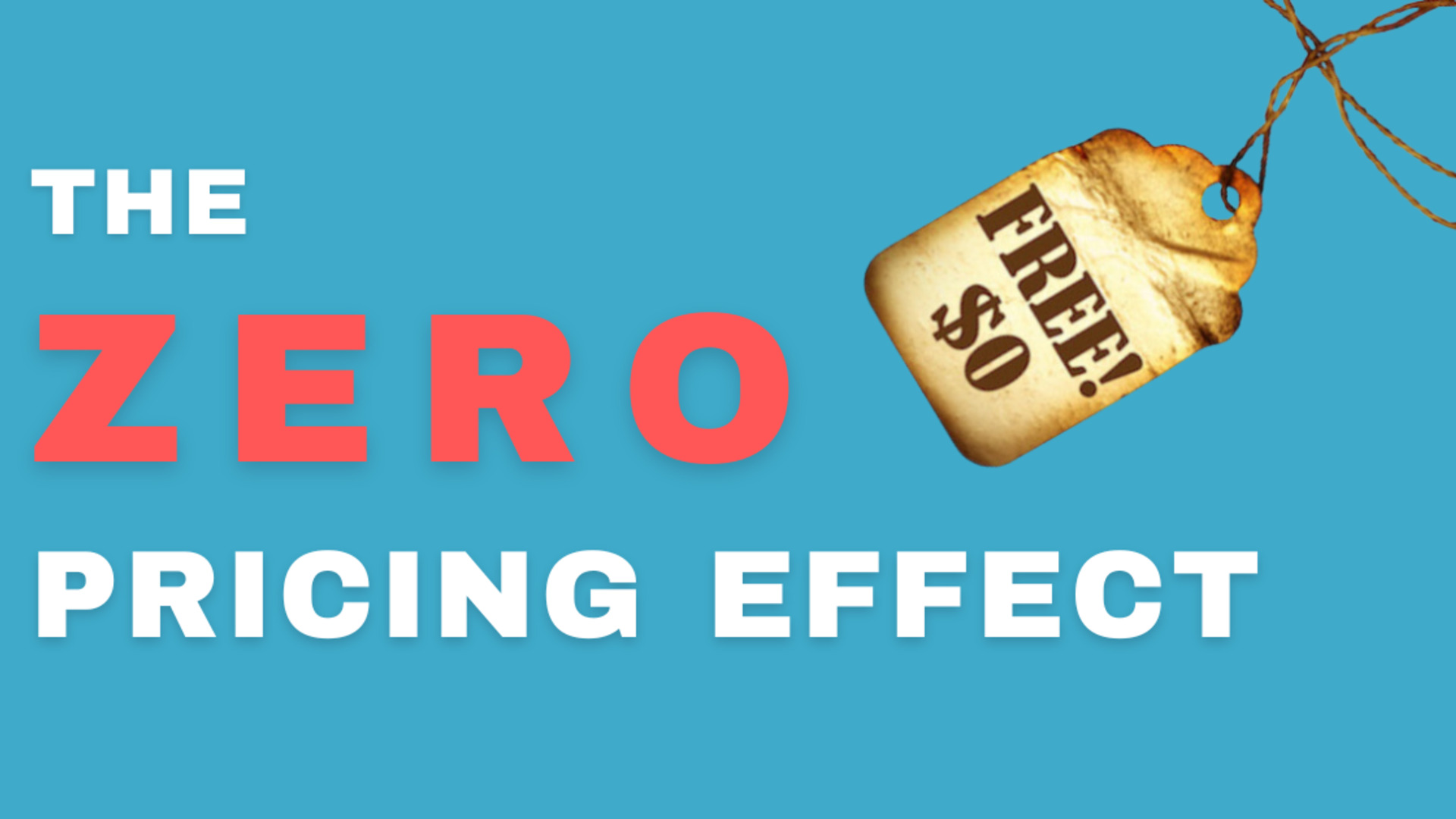
Drop a price from one cent to zero and demand rockets. In Ariely’s chocolate study, students abandoned higher-quality truffles for free Hershey’s Kisses even though the deal was objectively worse. Free shipping minimums and “complimentary” add-ons still work because zero erases thoughts of opportunity cost. Countermeasure: quantify the hidden cost of “free” in meetings—time spent, privacy traded, or cart padding required.
Social norms versus market norms: mixing them backfires
Lawyers rejected $30/hour for pro bono work yet happily did it for free. Parents started arriving later to daycare when a fee replaced the guilt of inconveniencing staff. Money reframes a social situation into a transaction. Keep thank-you gifts, referrals, and community interactions anchored in social language unless you truly intend to run them as pure marketplace exchanges.
Hot states overwhelm cold promises
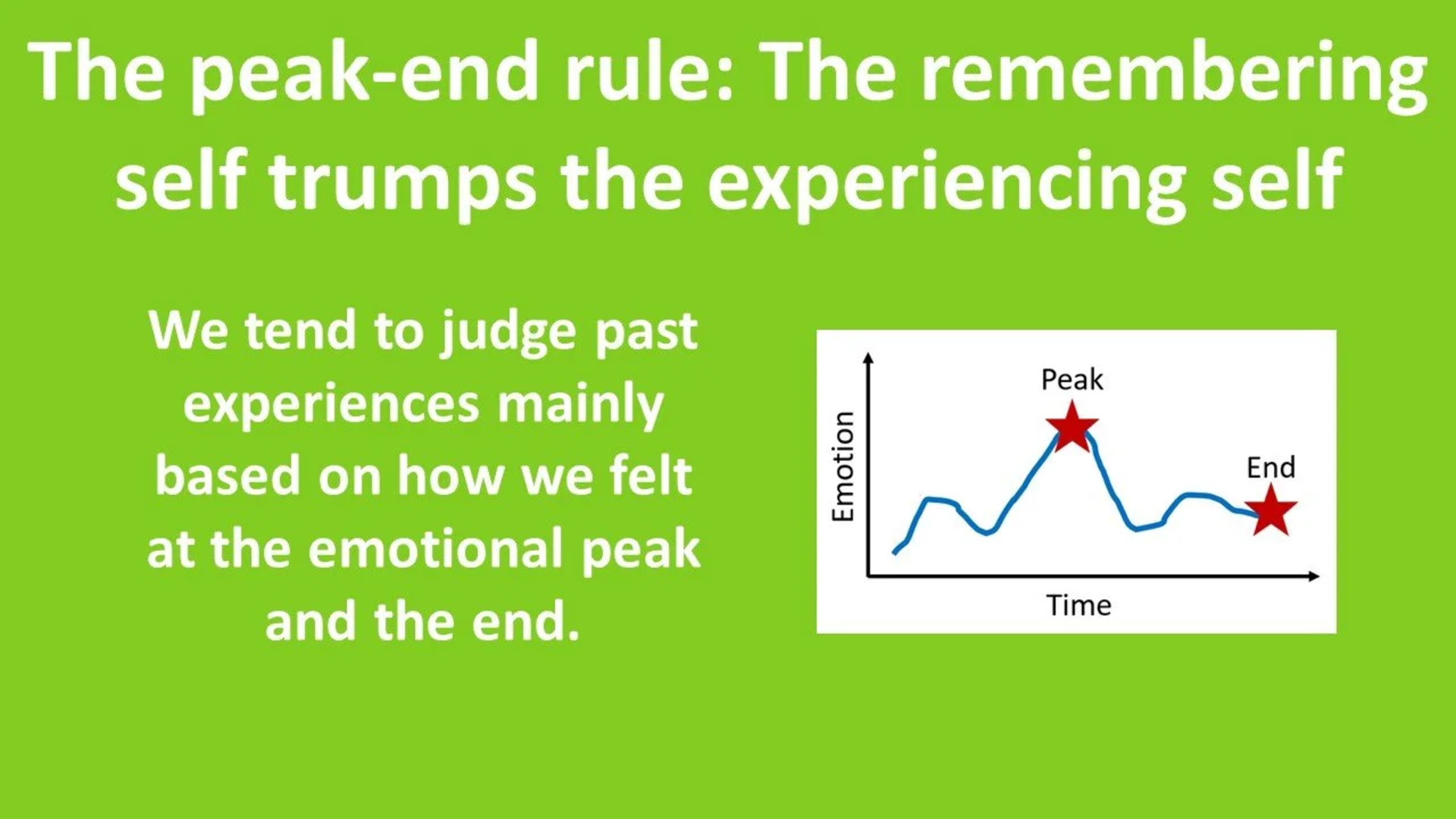
In Ariely’s “hot versus cold” experiment, students claimed they’d never cross ethical lines—until they were aroused. The hot-state version of ourselves doesn’t respect cold-state commitments. Build pre-commitments when calm: alcohol lock settings in ride-share apps, delayed send for anger-prone emails, or automatic savings rules that trigger before temptation strikes.
Procrastination and door-hoarding drain value
Students with externally enforced deadlines outperformed those with self-set or no deadlines. In the “disappearing doors” game, people wasted clicks keeping bad options alive instead of focusing on the best one. Ship projects with real check-ins, not “flexible” end dates, and audit your roadmap for zombie initiatives kept alive only to avoid loss aversion.
Ownership biases the ledger
Duke basketball ticket holders demanded 14x the price non-owners were willing to pay. Free trials and money-back guarantees play on the same endowment effect. When making keep-or-sell decisions, imagine you don’t own the item: would you still pay today’s price to acquire it?
Toolkit for makers, policymakers, and individuals
-
Product & growth teams
- Use decoy pricing intentionally—and ethically—to guide buyers toward the plan that delivers true value.
- Anchor value with experience, not just price. Starbucks sold a “third place,” not coffee, resetting what a latte could cost.
- Deploy virtual ownership tactically (free trials, personalization) but monitor churn excuses that signal regret or status quo bias.
-
Policy designers & civic leaders
- Harness “free” for public goods: no-cost screenings or transit days drive participation more than discounted versions.
- Install pre-commitment nudges against procrastination—deposits, default opt-ins, or autopay enrollments.
- Anticipate hot-state decisions in safety programs: in-car guardians, cooling-off periods, or targeted prompts when risk spikes.
-
Personal decision-makers
- Control the comparison set by limiting envy-triggering feeds and benchmarking big purchases against alternative uses of the money.
- Externalize deadlines for long-term goals through accountability partners or auto-deductions.
- Re-evaluate “freebies” by asking what you’re actually trading—time, data, or focus.
🚀 Need templates, prompts, and shared annotations while you read?
Open Predictably Irrational in Readever’s bias-lab workspace — co-read with teammates, log experiments, and surface cross-book insights automatically.
How Ariely fits alongside other behavioral classics
- Thinking, Fast and Slow provides the dual-process theory that explains why Ariely’s experiments work.
- Nudge turns diagnosis into policy prescriptions—libertarian paternalism for everyday systems.
- Influence dives into persuasion triggers you’ll notice everywhere after reading Ariely.
- Misbehaving chronicles the academic journey that legitimized behavioral economics.
- Noise addresses the random variability in judgment that biases alone can’t explain.
Discussion prompts for your book club or team retro
- Which decoy or anchor did you spot in your own recent purchase decision, and how would you redesign that choice architecture?
- Where have you seen social and market norms collide (e.g., tipping debates, workplace favors gone transactional)? What norm should govern that space?
- Identify a habit you repeatedly procrastinate on. What pre-commitment device or external deadline could you adopt this week?
- Recall a time your hot-state self overruled your cold-state plan. How can you build a guardrail before the next trigger?
- What “free” offer are you currently paying for with hidden costs (data, time, attention), and what’s your plan to renegotiate or exit it?
Putting it all together
Predictably Irrational isn’t a catalog of human failures—it’s a user manual for designing better systems once you accept that we’re quirky, emotional, and context-driven. The patterns Ariely surfaced are predictable, which makes them improvable. Whether you’re crafting pricing tiers, writing policy, or nudging your future self toward wiser choices, the book’s experiments offer a blueprint. Pair it with Readever’s AI companion, and you can translate each chapter into a living playbook for your product, team, or personal life.
✅ Ready to turn insight into action?
Add Predictably Irrational to your Readever queue and sync bias spotters across your life — keep doors open only when they matter, and let AI reinforce the rational choices you care about.
